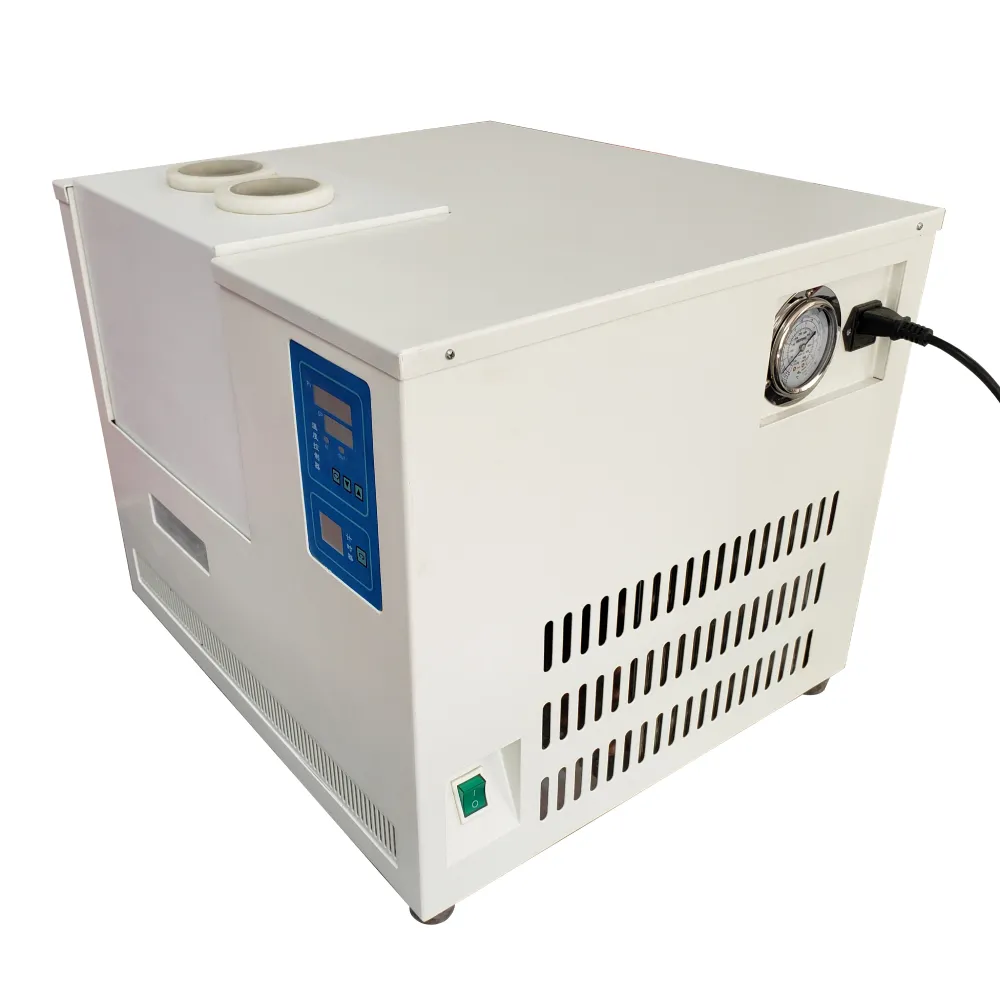 English
English


Essential Equipment for Conducting Accurate Pour Point Testing in Laboratory Settings
Understanding Pour Point Test Equipment Importance and Functionality
The pour point test is a critical procedure in the petroleum industry, particularly for evaluating the flow characteristics of petroleum products at low temperatures. The pour point of a liquid is defined as the lowest temperature at which it can flow. This property is important because it determines how well oils and other petroleum products will function in cold weather conditions. To conduct this important test effectively, specialized pour point test equipment is utilized.
The Importance of Pour Point Testing
Pour point testing plays a vital role in the transportation and storage of crude oil and refined products. Many industries rely on accurate pour point measurements to ensure that products can be pumped and delivered even in the coldest environments. For instance, in regions with extreme winter temperatures, a high pour point can result in thickening of the oil, leading to difficulties in pumping and increased operational costs.
Additionally, understanding the pour point helps in the formulation of blends and additives that can enhance low-temperature flow properties. These enhancements are crucial for industries such as aviation fuels, diesel engines, and lubricating oils, where low-temperature performance is paramount.
Types of Pour Point Test Equipment
Pour point test equipment is specifically designed to determine the pour point of petroleum products with precision and accuracy
. There are two commonly used methods for pour point testing the manual method and the automated method.pour point test equipment

1. Manual Pour Point Test Equipment This traditional approach involves heating the sample oil to a specified temperature and then cooling it gradually. The test sample is examined periodically to check for flow. When the sample no longer flows after tilting the test container, the temperature is recorded as the pour point. Manual setups typically consist of a test jar, a thermometer, a heating/cooling bath, and a tilt mechanism.
2. Automated Pour Point Test Equipment With advancements in technology, automated equipment has become more prevalent. These devices streamline the testing process by controlling the temperature changes and recording the pour point automatically. Many automated systems use advanced software and temperature sensors to ensure precise measurements, minimizing human error. Such systems often come equipped with user-friendly interfaces, making it easier for technicians to conduct multiple tests with consistent results.
Key Features of Pour Point Test Equipment
When selecting pour point test equipment, several key features should be considered. Precision temperature control is essential, as even slight deviations can affect the pour point readings. The ability to test various samples simultaneously is also beneficial for research and operational efficiency. Additionally, ensure that the equipment complies with industry standards and regulations, such as those set by ASTM or ISO.
Durability and reliability are important, especially in industrial settings where equipment may be subject to harsh conditions. Finally, the availability of technical support and calibration services is crucial to maintain the accuracy and longevity of the testing equipment.
Conclusion
In summary, pour point test equipment is a fundamental component in the evaluation of the flow characteristics of petroleum products at low temperatures. Understanding the importance and functionality of this equipment helps industries ensure the safe and efficient transport and storage of oils, particularly in cold climates. Whether through manual testing methods or advanced automated systems, accurate pour point measurement remains essential for maintaining the integrity and performance of petroleum products. By investing in reliable pour point test equipment, companies can enhance their operational efficiency and deliver high-quality products to their customers, regardless of environmental challenges.
-
Differences between open cup flash point tester and closed cup flash point testerNewsOct.31,2024
-
The Reliable Load Tap ChangerNewsOct.23,2024
-
The Essential Guide to Hipot TestersNewsOct.23,2024
-
The Digital Insulation TesterNewsOct.23,2024
-
The Best Earth Loop Impedance Tester for SaleNewsOct.23,2024
-
Tan Delta Tester--The Essential Tool for Electrical Insulation TestingNewsOct.23,2024





